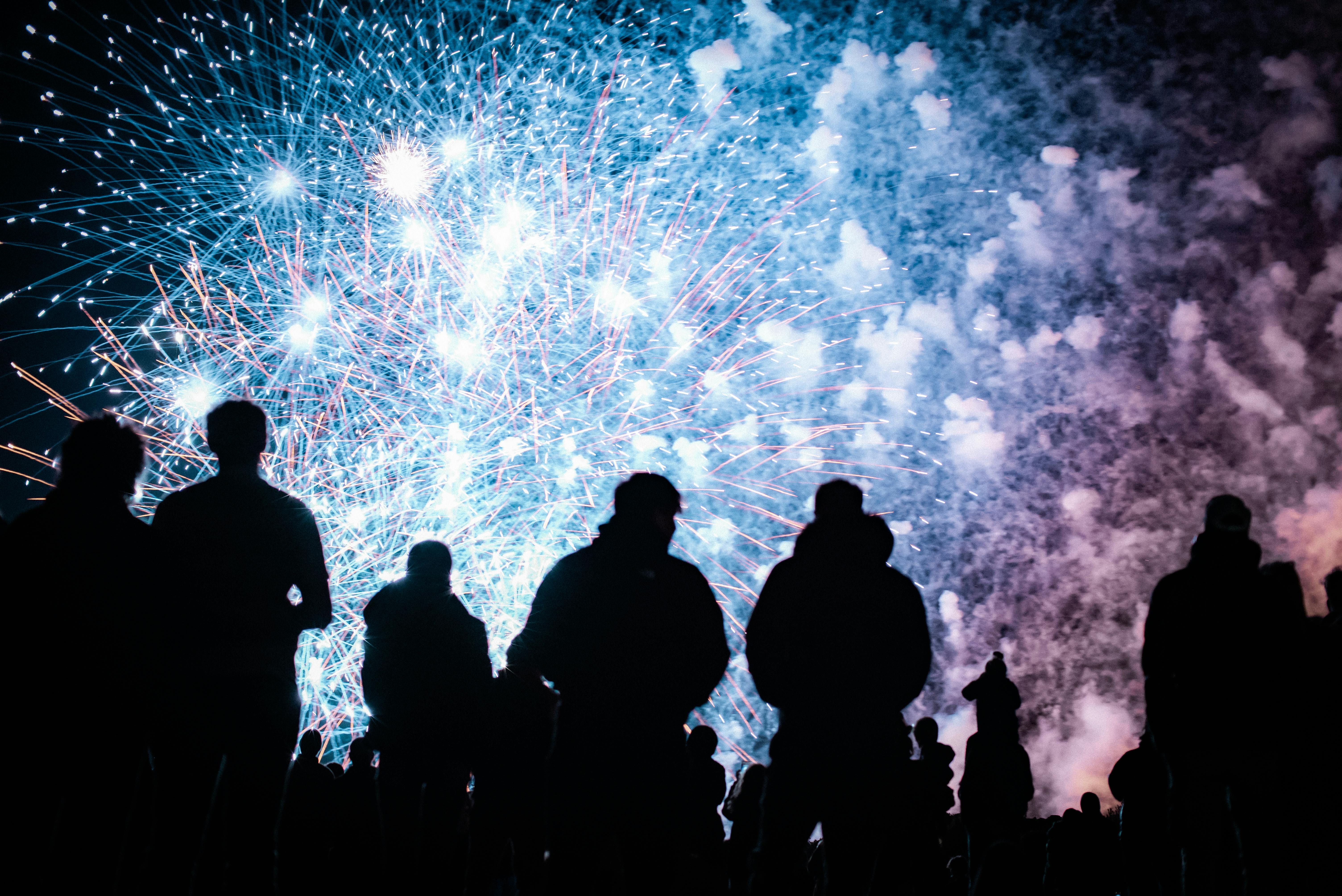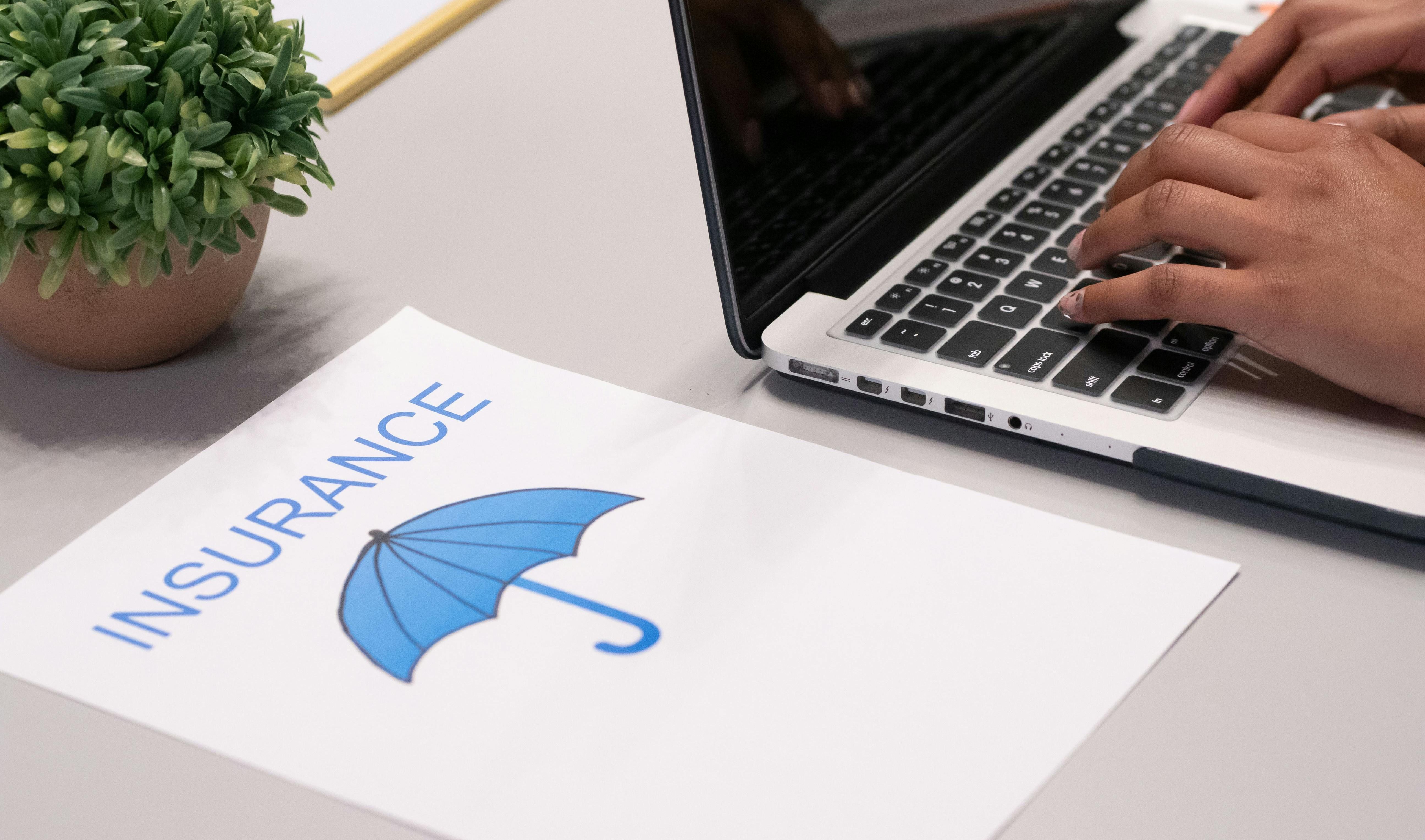Security & Risk Management in Japan
Author
Shun
Date Published

Security in Japan is trust, compliance, and an invisible layer of coordination that keeps events running seamlessly. Unlike in many countries where risk management focuses on visible control, Japan’s framework depends on anticipation, documentation, and precision.
Foreign planners often underestimate how structured Japan’s safety culture truly is. Security teams work closely with fire departments, local ward offices, and police agencies, not only during emergencies but throughout planning and load-in. Even the smallest conference is expected to demonstrate evacuation logic, insurance proof, and certified guard coverage. This depth of procedure protects not only delegates but also your brand and local partners.
This article walks through how to design an event security plan that satisfies Japan’s legal standards while maintaining the calm professionalism that attendees expect. From staffing ratios to insurance protocols, these insights will help you set safety expectations early, so compliance becomes part of your design, not a postscript.
Security Staffing
Japan’s approach to event security is built around quiet discipline and coordination. Security officers and ushers are not meant to be intimidating presences; they are part of the guest experience, guiding movement with politeness and efficiency. The best-run events rely on trained bilingual stewards, licensed security officers, and clear command lines.
Best practices:
- Hire guards through agencies certified under the Security Services Act.
- Maintain one bilingual floor captain per 300–400 delegates.
Train staff to follow local evacuation and crowd-control signals issued by the fire department. - Conduct briefing sessions before opening hours to align on emergency language cues (“Kiken desu,” “Please move calmly,” etc.).
In my contracts, I usually state that
All contracted security personnel shall be licensed under Japan’s Security Services Act and briefed in both English and Japanese on the client’s emergency communication protocol.
Mini Checklist:
- Confirm guard licenses before finalizing contracts.
- Schedule bilingual briefings with venue management.
- Assign a single security coordinator for daily shift control
- Document the communication hierarchy in your operations manual.
Confirm the security agency’s license type and number before adding them to your vendor roster.

Crowd Flow Design
Japan’s venues prioritize order and unobstructed exits.The country’s building codes and fire safety rules are strict, requiring specific egress widths and signage placements for every venue layout. Smooth delegate movement is considered a reflection of organizational competence.
Planning considerations:
- Keep all emergency exits visible and unblocked by equipment or booths.
- Maintain minimum corridor width of 1.8 meters for large conferences.
- Use bilingual signage for entry, exit, and assembly points.
- Deploy volunteer marshals at directional nodes rather than near stages to prevent clustering.
At venues like Tokyo Big Sight or PACIFICO Yokohama, crowd-flow diagrams must be submitted to the venue’s safety office two weeks prior to move-in. When I draft layout-related clauses, I specify:
Event floor plans shall comply with local fire department egress standards, with a minimum of 1.8 meters clearance in all active corridors.
Mini Checklist:
- Request the venue’s latest evacuation layout before designing your floor plan.
- Measure booth and corridor spacing during setup.
- Ensure exit signage remains visible from all public angles.
- Store printed crowd-flow diagrams at the information desk for staff reference.
Submit your draft layout to the venue’s safety office early to allow time for compliance revisions.
Permits for Drones, Fireworks, and Sound
Activities involving airspace, pyrotechnics, or high decibel output are closely monitored in Japan. Permits are not symbolic as they are operational checkpoints enforced by multiple agencies. Even indoor drone demonstrations require notification to aviation or local authorities.

Permit highlights:
- Drones: Approval from the Civil Aviation Bureau for flights over event spaces or near airports.
- Fireworks or pyrotechnics: Local fire department permit plus certified pyrotechnician on site.
- Outdoor sound or amplified music: Noise control notice filed with the ward office, especially after 6 p.m.
- Street use or procession: Separate police authorization required under the Road Traffic Act.
These approvals ensure that your event does not interfere with nearby air traffic, emergency communications, or public noise ordinances. Missing any of these can result in sudden cancellation or fines, as Japanese agencies act swiftly on non-compliance.
Mini Checklist:
- Verify operator certifications for drones or fireworks.
- File applications at least 30 days before the event.
- Keep permit copies on-site during inspections.
In my permit documentation, I always include:
All aerial, pyrotechnic, or amplified sound activities shall be subject to prior written approval from relevant authorities, and permits shall be retained on-site throughout operations.
Compile a single “permit binder” with all signed authorizations before rehearsals begin.
Liability and Insurance Boundaries
In Japan, insurance is a declaration of responsibility. Event organizers are expected to show proof of liability, worker protection, and equipment coverage before venue contracts are signed.Many international planners overlook this, assuming generic global insurance applies, but Japanese venues prefer local or Japan-based insurers familiar with domestic law.

Key policies to include:
- Event liability insurance: Covers injury or property damage at the venue.
- Worker accident compensation: Required for all temporary staff and contractors.
- Property and equipment coverage: Especially for imported AV gear.
- Force majeure clauses: Should include earthquakes, typhoons, and transport disruption.
Japanese insurers often require safety documentations such as risk maps, floor plans, and contractor rosters before issuing certificates.In my own insurance provisions, I specify:
The organizer shall maintain event liability coverage and worker accident compensation insurance in accordance with Japanese law, providing certificates of insurance at least seven days prior to event start.
Mini Checklist:
- Confirm that your insurance policy names all subcontractors.
- Request Japanese-language certificates for venue submission.
- Keep digital and printed copies of your policy accessible on-site.
- Review renewal dates if your event spans fiscal year boundaries.
Share your risk documentation package with the insurer early to prevent delays in coverage confirmation.
FAQs
Q1: Are private guards mandatory for all events?
Only for events exceeding venue capacity thresholds or involving VIPs, but recommended for any international program.
Q2: Who issues drone or fireworks permits?
The Civil Aviation Bureau and local fire departments, depending on activity type.
Q3: How far in advance should applications be filed?
At least one month before the event; longer for aerial or pyrotechnic activities.
Q4: Is insurance mandatory for foreign organizers?
Yes. Local venues require proof of liability and worker compensation coverage.
Q5: What happens if a permit inspection fails?
Authorities can suspend the specific activity until compliance is verified.
Conclusion
The safest events here are those whose safety measures are designed into the plan from the start. Every guard, corridor, and permit tells the story of how seriously an organizer values order and guest wellbeing. Japan’s event culture rewards preparation, documentation, and clear lines of accountability.
When built correctly, your risk plan does more than satisfy regulations; it ensures that delegates experience the calm precision Japan is known for. Contact Japan Meetings to audit your event’s security framework, verify permit readiness, and align your insurance documents with local compliance standards.